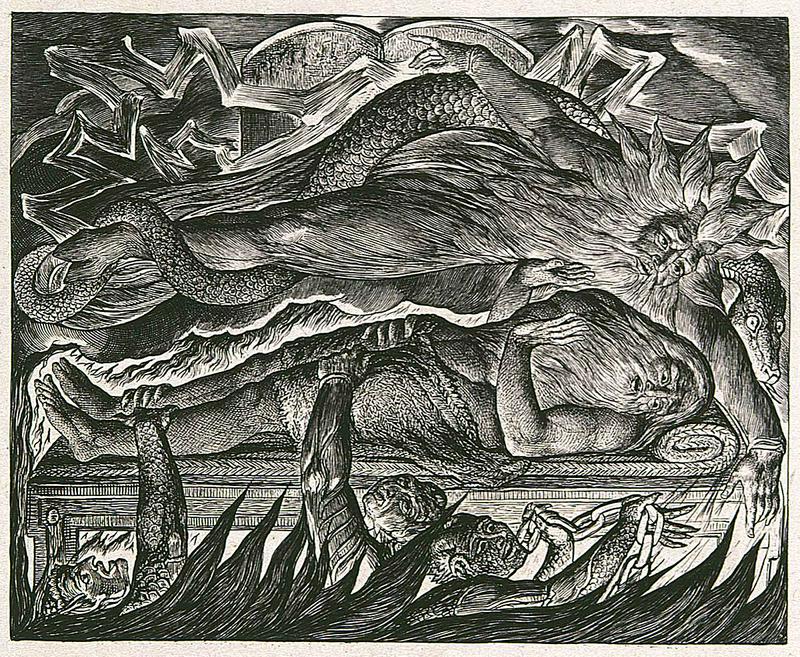Authors From The 1800s
By | December 11, 2018

The writings and experiences of authors from the era of the 1800s have impacted the lives of many long since they have passed on. Their influence can still be felt today.
William Blake was an English poet, who was born in 1757, and not only was he a poet but was also a painter and printmaker. Unfortunately, for him, he was not recognized for his talent nor appreciated by many of his peers during that time. Like many artists whose work is not appreciated until after well after they are gone, Blake’s was not popular until a generation after his death. It was the published work of his biography that changed public perspective. As a young boy, he claimed to have seen visions, one as early as the age of four when he “saw God putting his head to the window.” Later, around the age of eight to ten, while in London, he almost got a beating by his father when he spoke of seeing a tree full of angels with bright angelic wings sparkling like the stars. His mother must have believed him though because she intervened on his behalf. Many of his “illustrations” depict biblical themes like the one above from the book of Job. The visions might explain why he identified with Job, Ezekiel, Daniel, and Revelation because these books, in particular, either speak of or refer to visions. Blake has written poems and created illustrations from themes taken from these as well as other books of the Bible.

Charles Dickens was an English author who was born in 1812. His books have been favorites of many for years. Some of his successful works include Oliver Twist, The Pickwick Papers, and, of course, A Christmas Carol. A lot of his writing was geared toward social reform, desiring to improve the lives of the poor. His motivation came from his childhood as his father was not only thrown into debtor’s prison once but twice. The first time was when Charles was only 12 and he was forced to work in an old factory that was infested with rats. Even when his father got out of prison, his mother forced him to continue working there. This caused him permanent psychological trauma, anger, and resentment. At age 15, he became a clerk in a law office and later, a court reporter. Just as he was beginning to become successful in newspaper reporting, his father ended up in debtors’ prison for the second time. It became a regular condition for him to be forced to help out his family.



Born in Scotland in 1838, John Muir was not only an American author but also a conservationist, naturalist, and explorer. Being brought up in a strict religious background in a family of eight children, he was able to recite the entire Bible by the age of 11. Because of his love of nature, he studied botany, chemistry, and life sciences in college. To avoid being forced into the military, he wandered around in the swamps near Lake Huron all summer. After a near-death experience, he began to travel and explore, starting in California. His experiences included climbing mountains, hiking, building a cabin in Yosemite where he also worked as a shepherd, studied rock slides after an earthquake, and in 1879, became the first person to explore the Glacier Bay. With all of his experiences, he has promoted the conservation of wildlife around the world by writing about them.

